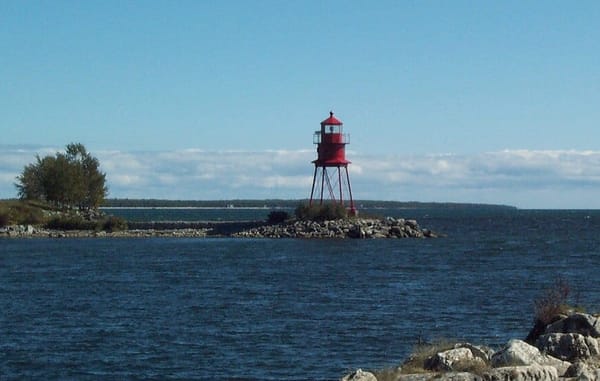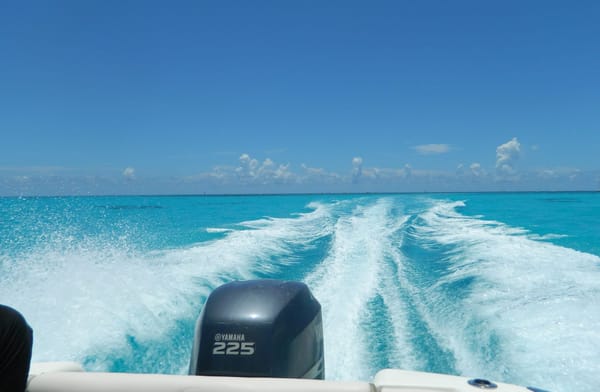Tips for Towing Tubes, Water Skis and Wakeboards
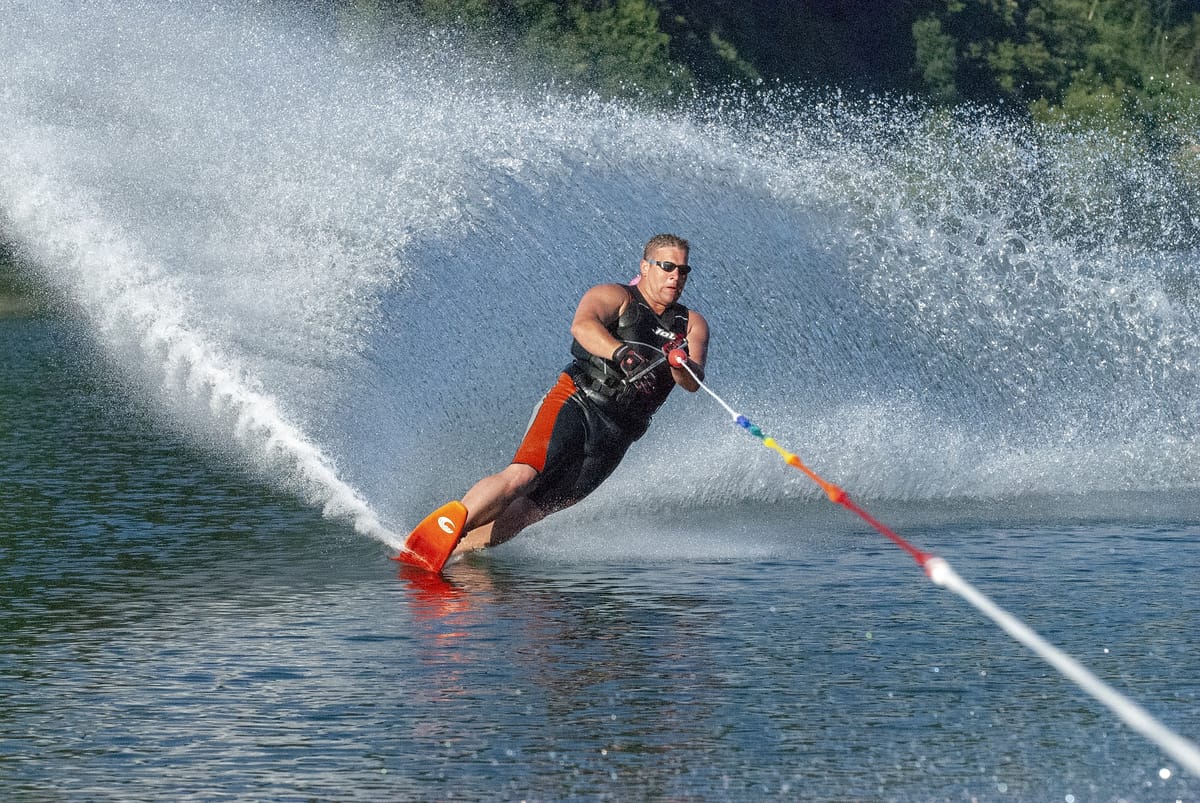
When you own a boat, chances are you’re going to acquire lots of friends and family members who want to spend the day out on the lake, river or bay. What better way to spend time, and get a little exercise, than with some waterskiing or wakeboarding action. The little ones can even get in on the action with inflatable tubes and other towables.
Whether you’re towing water skiers, wakeboarders or inflatable tubes, there are basic safety and operational guidelines to follow. Safety factors like wearing a USCG-approved life jacket are a given, but if you’re new to towing, you may not know just how fast (or slow) to go for optimal performance for the boat as well as the skier or wakeboarder.
Before you head off from your private boat slip rental, check out some of our tips to make towing easier and more pleasant for you and those being towed. We’ll go over the tow rope, basic operational points, a few safety issues and offer some tips on ski and board-specific towing.
The Tow Rope
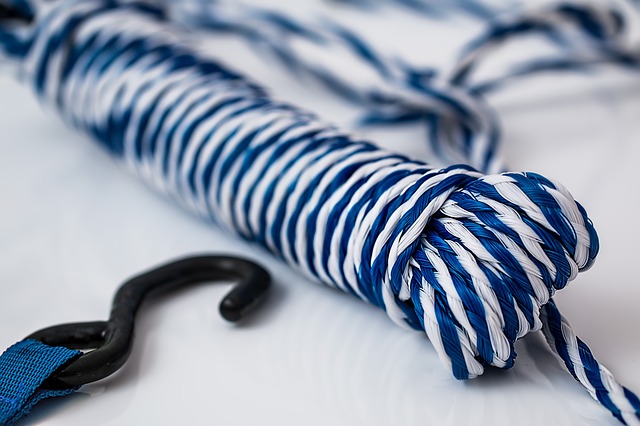
Photo: Pixabay
Water ski ropes have more stretch, while wakeboard-specific ropes typically have no stretch. If you prefer to just have one rope, pick a low-stretch one, and you’ll be fine for both skiers and boarders. The tow rope should be at least 75 feet long and designed for watersports. A double handle is great for beginners as it helps with balance.
The position of the tow rope plays a big part in watersports performance. For water skiers, it’s fine to attach the rope to a pylon near the center. For wakeboards, you’ll want to use a high tow point such as from a wakeboard tower. This is helpful for doing tricks and stunts. For inflatable tubes, tie the line close to the transom with a tow eye or a low pylon.
Getting Started

Photo: Unsplash
While you don’t have to have a high-powered speedboat (no, really, you don’t) to tow, you’ll want at least 150 HP in order to pull a skier or wakeboarder. Pontoon boats can pull tubes, but most don’t have quite the power to pull skiers and wakeboarders.
Start off slow by gradually bringing the throttle forward. You don’t want to yank riders forward as they’ll get pulled off balance and fall. While this might be a fun trick to play on your buddies, it makes for a long and frustrating day for everybody else. Once the skier or boarder is up, use a light touch to increase the speed.
Towing Water Skiers
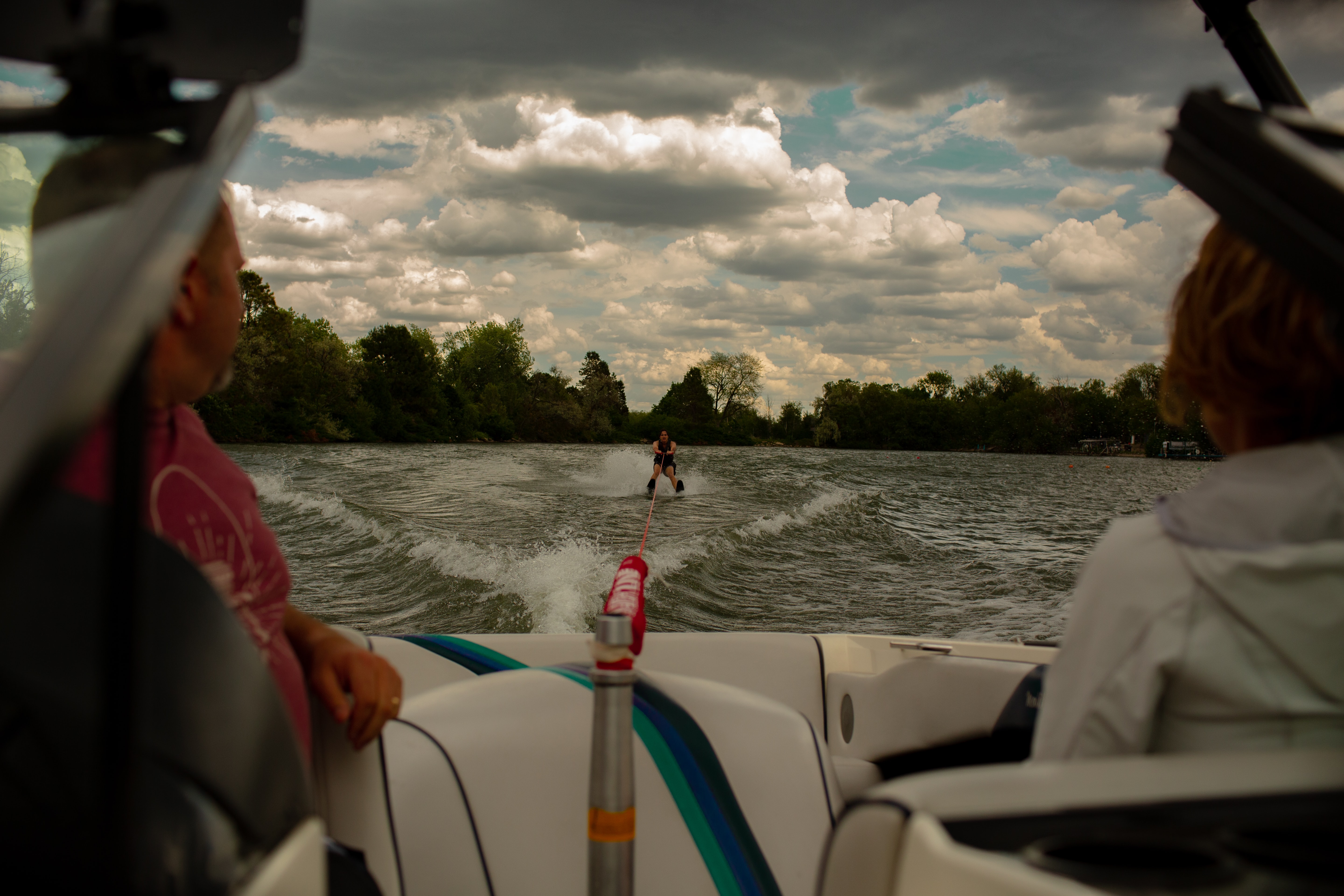
Photo: Unsplash
Let the skier get situated and in position with the boat motor off, back far from the prop and with the tips of the skies up. You’ve probably seen skiers taking off from dry land or a boat dock. Personally, I don’t recommend this. It’s more of a professional maneuver and can cause a lot of injuries if not done properly. Stick with the water.
Ease up to speed About 20 mph is good for a beginner and 30 mph for a more experienced skier. Going too fast too soon may pull the skier off balance. To turn, make small turns to begin and then long slow arcs. This will gently pull the skier along the water and away from the wake and chop.
Towing Wakeboarders

Photo: Pixabay
A minimum of about 12 mph and a maximum of 24 mph is recommended for wakeboards. For inexperienced boarders, try to provide a smooth and steady ride that doesn’t take the rider across the wake (experienced skiers may enjoy doing this). Once you’re up to speed, avoid rapid acceleration (as well as deceleration). Going too fast can send them off balance while going too slow can send them too close to the back of the boat.
The boat should be evenly weighted. This keeps the boat from moving too much from side to side and provides a more symmetrical wake. It does takes practice to figure this out and also depends upon your particular boat make and model.

Wakeboard Tower (Photo: Sandy Allen)
You don’t have to have a wakeboard tower to tow wakeboards, but it’s certainly a nice feature. Towers allow the tow rope to stay well above the outboard and provide the boarder with the ability to do stunts and jumps (due to the rope being at a great height). The tower should be about six feet above the water line. They’re not terribly hard to install yourself, and some can even be lowered for storage at a boatel, private boat lift rental or covered slip.
Towing Inflatable Tubes

Photo: Blue Coast Watersports Facebook
Tubes are perfect for younger kids or those who aren’t into the strenuous activity of skiing and boarding (or those who are exhausted from said activity). Attach the tow rope to the tube and then tie off at the back of the boat. Check for loops or tangles in the rope before taking off. Make sure riders are centered and evenly distributed weight-wise on the tube and that they’re holding on tightly. Most tubes have sturdy grab handles.
Your top speed should be about 29 mph. Stay as consistent as possible and go slower when crossing wakes from other boats. Though it can be tempting to swing your riders out and about (and they may even request it), be aware of each rider’s skill and swimming abilities (and, perhaps, fear factor) as well as positions of other boats, docks and boat slips.
Towing Safety
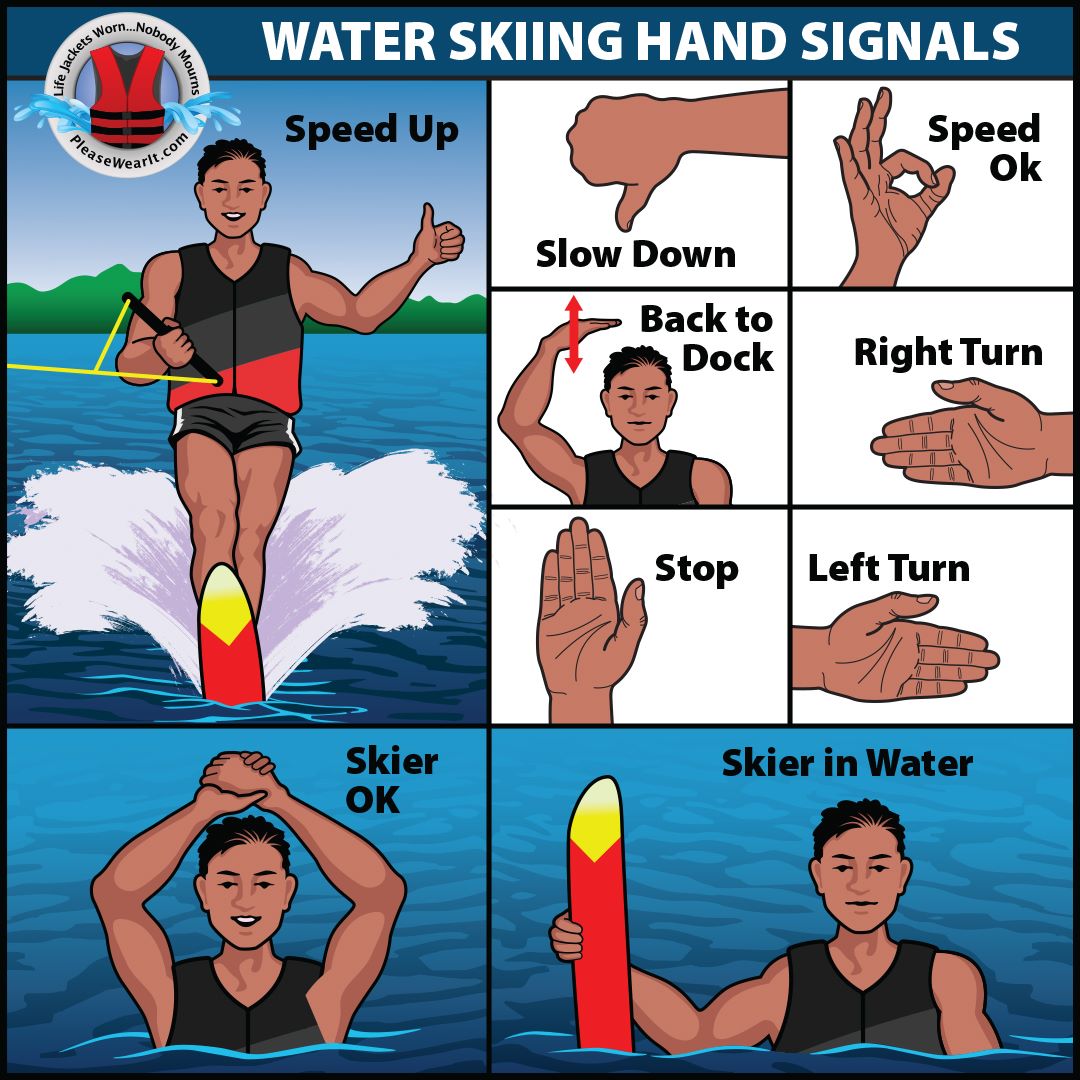
Photo: Please Wear It Facebook
- Never allow skiers, wakeboarders or tubers to participate unless they’re wearing a USCG-approved life jacket. It’s the law.
- Always have a spotter on board to watch the riders while you’re operating the boat.
- Practice hand signals ahead of time so that everybody knows how to signal things like: slow down, stop, faster and doing okay.
- When the rider falls, have them hold up a ski or wakeboard to notify you, and other boaters, of their position in the water. Continue slowly toward them and then at idle so as to not overwhelm them with wake by pulling up too fast. Cut the engine off for them to board the boat.
Hopefully you’ve picked up a few pointers for towing tubes, water skiers and wakeboards to take with you the next time you head to the lake from a private boat dock rental. Happy boating!
